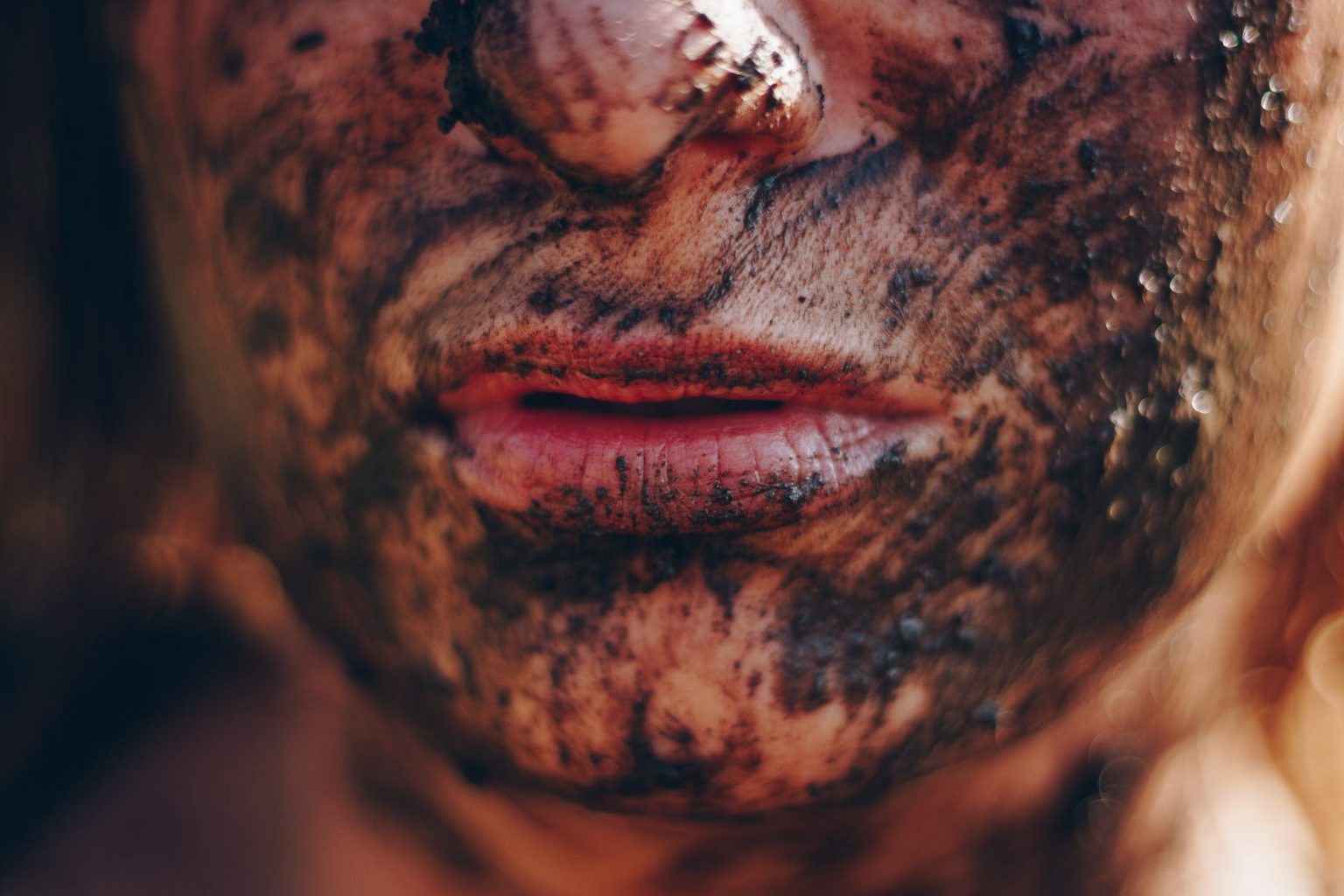Choosing the Right Retinoid: Comparing Retinol, Retinaldehyde, and Vitamin A Derivatives for Effective Skincare
Carol MillerCondividere
What Are Retinoids?
Retinoids are a family of compounds derived from vitamin A that influence cellular processes by binding to specific receptors in the skin. They promote cell turnover, stimulate collagen synthesis, and improve skin texture and tone. The primary forms of vitamin A used in skincare include:
- Retinyl Esters (Retinyl Palmitate, Retinyl Acetate)
- Retinol (Vitamin A1)
- Retinaldehyde (Retinal)
- Retinoic Acid (Tretinoin)
Chemical Structure and Enzymatic Conversion Pathway in the Skin
The effectiveness of each retinoid depends on its position in the enzymatic conversion pathway to retinoic acid, the active form that directly affects skin cells. Here’s how each derivative is processed:
-
Retinyl Esters (Retinyl Palmitate, Retinyl Acetate): These are the most stable and least irritating forms but require multiple conversion steps to become active.
- Chemical Formula: Retinyl Palmitate (C36H60O2)
- Conversion Pathway: Retinyl Esters → Retinol → Retinaldehyde → Retinoic Acid
-
Retinol (Vitamin A1): An alcohol form of vitamin A with the chemical formula C20H30O. It requires two oxidation steps to become active.
- Conversion Pathway: Retinol → Retinaldehyde → Retinoic Acid
-
Retinaldehyde (Retinal): An aldehyde form of vitamin A with the chemical formula C20H28O. It requires only one oxidation step to be converted into retinoic acid.
- Conversion Pathway: Retinaldehyde → Retinoic Acid
-
Retinoic Acid (Tretinoin): The active form of vitamin A that directly interacts with skin cells. It doesn’t require any conversion.
- Chemical Formula: C20H28O2
Potency and Efficacy
The potency of each retinoid is directly related to its proximity to retinoic acid in the conversion pathway:
- Retinyl Esters: The least potent form, requiring three conversion steps. Suitable for very sensitive skin but offers the slowest results.
- Retinol: Less potent than retinaldehyde and retinoic acid due to its need for two conversion steps. It provides visible results over time and is gentler on the skin.
- Retinaldehyde: More potent than retinol, requiring only one conversion step. It’s approximately 11 times more potent than retinol and offers faster results with moderate irritation.
- Retinoic Acid (Tretinoin): The most potent form, requiring no conversion. It delivers rapid results but is often associated with significant irritation, peeling, and redness.
Skin Tolerance and Irritation
- Retinyl Esters: Minimal irritation, making them ideal for beginners or individuals with very sensitive skin. However, the trade-off is slower results.
- Retinol: Mild to moderate irritation, especially during the initial stages of use. Gradual introduction into the skincare routine can mitigate side effects.
- Retinaldehyde: Moderate irritation but generally well-tolerated due to its antibacterial properties and faster efficacy compared to retinol.
- Retinoic Acid: High irritation potential, including redness, peeling, and sensitivity. Best used under medical supervision, especially for severe acne or pronounced aging signs.
Stability and Formulation Considerations
- Retinyl Esters: The most stable form, less prone to degradation from light and air, making them easy to formulate and store.
- Retinol: Highly sensitive to light and air, requiring opaque, airtight packaging to maintain efficacy.
- Retinaldehyde: Slightly more stable than retinol but still requires protective packaging.
- Retinoic Acid: Stable in formulations but requires careful handling due to its potency and potential for irritation.
Which Retinoid Should You Choose?
-
Choose Retinyl Esters If:
- You have extremely sensitive skin or are new to retinoids.
- You prefer a very gentle introduction to vitamin A with minimal risk of irritation.
-
Choose Retinol If:
- You have mildly sensitive skin or are looking for a balance between efficacy and gentleness.
- You want gradual improvement in skin texture and tone.
-
Choose Retinaldehyde If:
- You’re experienced with retinoids and seek faster, more potent results.
- You have moderate signs of aging or persistent acne.
-
Choose Retinoic Acid If:
- You require the most powerful anti-aging or acne treatment.
- You are under the guidance of a dermatologist to manage potential irritation.
While all forms of vitamin A offer significant skincare benefits, understanding their chemical structures, conversion pathways, and potential for irritation can guide more personalized and effective anti-aging skincare choices. Whether opting for the gentle approach of retinyl esters or the potent effects of retinoic acid, consistency and proper application are key to achieving healthier, more youthful-looking skin over time.








